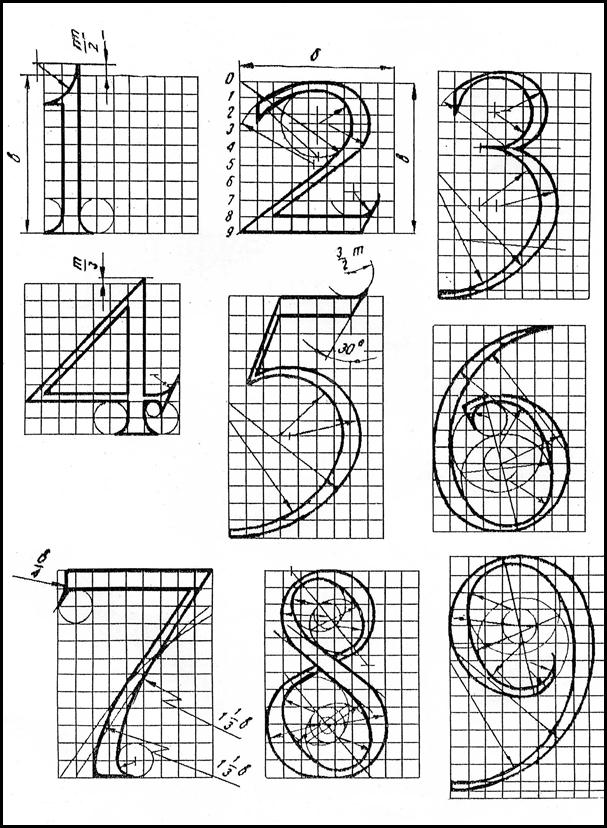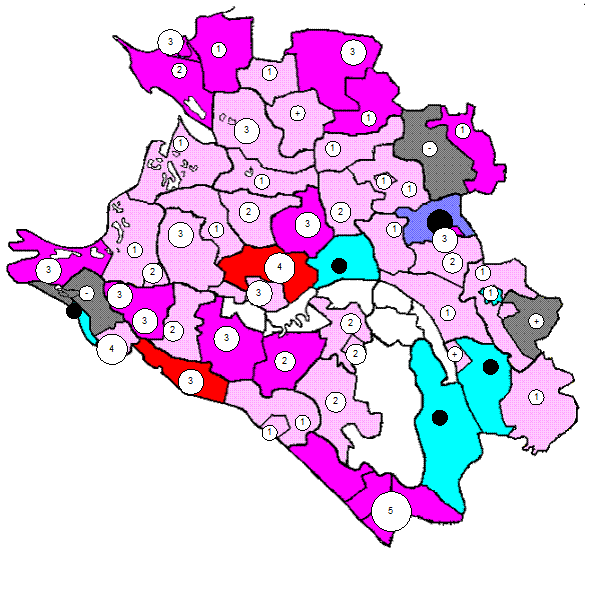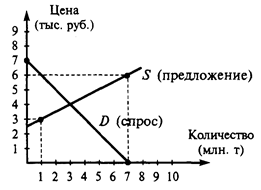The Civil War
When the Civil War erupted, Congress passed the Revenue Act of 1861, which restored earlier excise taxes and imposed a tax on personal incomes. The income tax was levied at 3 percent on all incomes higher than $800 a year. This tax on personal income was a new direction for a Federal tax system based mainly on excise taxes and custom duties. By the spring of 1862 it was clear the war would not end quickly. And on July 1, 1862 Congress passed new excise taxes on such items as playing cards, gunpowder, feathers, telegrams, iron, leather, pianos, yachts, billiard tables, drugs, patent medicines, and whisky. Many legal documents were also taxed. The need for Federal revenue declined sharply after the war and most taxes were repealed. By 1868, the main source of Government revenue derived from liquor and tobacco taxes. The income tax was abolished in 1872. From 1868 to 1913, almost 90% of all revenue was collected from the remaining excises. The 16th Amendment Under the Constitution, Congress could impose direct taxes only if they were levied in proportion to each State’s population. Then there was the income tax debate pitted southern and western Members of Congress representing more agriculture and rural areas against the industrial northeast. The debate resulted in an agreement calling for a tax, called an excise tax, to be imposed on business income, and a Constitutional amendment to allow the Federal government to impose tax on individuals’ lawful incomes without regard to the population of each State. By 1913, 36 States had ratified the 16th Amendment to the Constitution. In October, Congress passed a new income tax law with rates beginning at 1% and rising to 7% for taxpayers with income in excess of $500, 000.
World War I and 1920’s The entry of the United States into World War I greatly increased the need for revenue. The 1916 Revenue Act imposed taxes on estates and excess business profits. The 1917 Federal budget was almost equal to the total budget for all the years between 1791 and 1916. The War Revenue Act of 1917 lowered exemptions and increased taxes. This greatly increased revenue from $809 million in 1917 to $3.6 billion in 1918. Another revenue act was passed in 1918, which codified all existing income tax laws and taxed incomes of more than $1 million at a rate of 77%. Still only 5% of the population had to pay income taxes. During the 1920’s business boomed and as the economy expanded, revenue from the income tax also grew. Congress cut taxes 5 times, while still collecting enough revenue. However, in October 1929 the stock market crashed, marking the beginning of the greatest depression in the nation’s history. The Government was soon spending more money than was being collected. To collect more revenue, Congress passed the Tax Act of 1932, which raised the tax rates and lowered the exemption levels. In 1939, Congress systematically codified the old and new laws. All tax legislation passed later amended this basic code. The code was revised by the 83rd Congress and enacted as the Internal Revenue Code of 1954 which, although amended many times, is still in effect today. Vocabulary
Exercise 2 Find the most suitable Russian equivalents to the following English collocations: The Congress passed the Revenue Act of 1861; tax system based mainly on excise taxes and custom duties; need for Federal revenue declined sharply; under the Constitution, Congress could impose direct taxes; tax debate pitted southern and western Members of Congress; debate resulted in an agreement calling for a tax; without regard to the population of each State; greatly increased the need for revenue; which codified all existing income tax laws; Congress cut taxes 5 times, while still collecting enough revenue; stock market crashed, marking the beginning of the greatest depression; systematically codified the old and new laws; which, although amended many times, is still in effect today. Exercise 3 Find English equivalents to the following Russian collocations: Конгресс принял закон о доходах, который восстановил прежние акцизные сборы и ввел налог на доходы физических лиц; после войны потребность федерального правительства в государственных доходах резко сократилась; налогом облагается доход физических лиц, полученный легальным путем; в 1918 году был принят другой закон о доходах, который систематизировал все существующие законы о подоходном налоге; в течение 1920-х бизнес бурно развивался; конгресс систематически приводил в порядок старые и новые налоговые законы.
|




